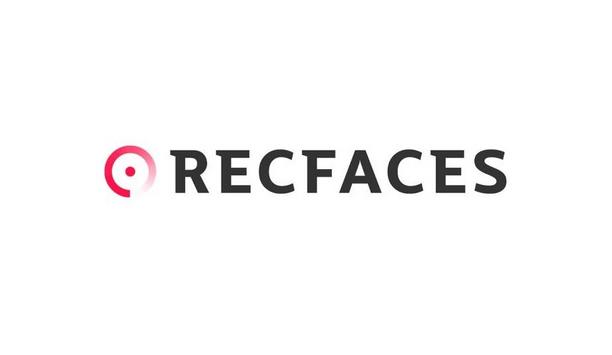What is the best way to ensure customer loyalty in the security industry?
Editor Introduction
As the security industry continues to evolve and come up with innovative technologies, it has also thrown open the doors for competition among manufacturers of security systems and products. Price wars are emerging in the physical security market, while manufacturers and integrators are looking for new ways to offer greater value and better service. It’s one thing to fight it out for a new customer, but nobody wants to lose an existing customer based on price, or any other factor for that matter. In an industry increasingly being driven by the low cost of products, how can manufacturers and security integrators ensure their existing customers don’t defect to a new player, a new product claim or a lower price? We asked this week’s Expert Panel Roundtable: What is the best way to ensure customer loyalty (for manufacturers or integrators)?
Loyalty is earned over time and with hard work. In our business, it starts with the first presentation a manufacturer and/or integrator does for an end user. In that presentation, are you listening to what the end user is asking for or telling them what you have? Do you have subject matter experts who are willing to make recommendations that, while they may cost less, are a better fit? Are you willing to tell the potential customer you can’t do what they are looking for? Are you able to make alternative recommendations? Most importantly, don’t over-commit or say you can do things you can’t. End users are looking for an honest, trusted partner. After the business is won and the initial installations are taking place, are you addressing problems in real time? Customers notice how a company reacts, and they will remember fondly what you did to fix the problem.
The best way to ensure customer loyalty is with quality products and services. When integrators select a specific manufacturer’s products and systems, they are counting on getting high quality products as well as long-term support to address any challenges and resolve them quickly. This ongoing support is critical. The manufacturer should have a professional services and support team who can respond quickly to an integrator’s call for assistance. As systems become more highly integrated, it’s also important to view the entire system holistically versus individual pieces and parts. In other words, components should be tested and certified to work as a total solution. Manufacturers should provide a high degree of training and certification to systems integrators so they can demonstrate the system capabilities, and ensure the final specification will work as well as what was initially demonstrated to the end user, IT manager or other security procurement buyer.
Speaking for the integrators, it’s simple to build loyalty, although many strive for complex answers and solutions. Simply put, customer loyalty is keeping in constant touch with your customer, being proactive rather than reactive. Loyalty comes from providing solutions that your customers may not have ever dreamed of.
Wow your customers. Create an environment where your customers feel the love and your desire to make them successful, and this will create loyalty. Loyalty should not be measured in the number of purchases a customer makes, but in their attitude about the brand. Treat customers in a way that makes them feel like your interactions are not just self-serving, but that you sincerely want them to succeed and grow their business. For manufacturers, this means actively listening to customers when they communicate their challenges and proactively seeking change to help them in future endeavors. Developing products from the perspective of end users and integrators will build their trust and confidence that, as the manufacturer, you “get it.” Building relationships and providing a simple, effective path to success will motivate customers to continue to sell and install your products.
There are so many factors that contribute to customer loyalty: service and support, innovation, expertise and personnel. Generally, if you take the time to get to know customers and really understand their businesses, you’ll be hard pressed to ever lose them. Another way to build customer loyalty is through innovation. Innovation isn’t always about new products or technology, either; if you can provide innovative thinking and practices that help end users secure their businesses, they can spend more time focusing on the business itself, which can ultimately make them customers for life.
Customer loyalty is much more complex than just delivering the right products at the right price. Understanding your customers’ needs and delivering the service they need are the key differentiator. Adapting your offering to match the needs of your customers and addressing their pain points are essential. If your products and services don’t meet the real-world needs, customer loyalty will prove elusive. A key way to better understand your customers’ requirements is to offer a dedicated account manager who can work with them and build an invaluable level of trust. Adding value is a central part of the process – this could be dedicated technical support, but equally offering specific and free training on your products will encourage customers to remain loyal and to keep buying from you, instead of your competitors.
Editor Summary
In the end it is not just enough to adapt to the changing security industry trends, but listen to customers more closely and offer appropriate solutions to their problems. Become an honest, trusted partner. Offer quality products and services. Understand customer needs. Help them succeed. Keep in touch. Our Expert Panel’s advice on how to earn customer loyalty echoes what most security companies already know, and what many successful companies already put into practice. Still, our panelists’ helpful reminders couldn’t be timelier as competition heats up in the physical security market. Earning customer loyalty happens day by day, in small steps. It must be part of a company’s culture. Putting principles to work requires top-down leadership and buy-in from every employee. The agenda is clear; the challenge is getting it done.













